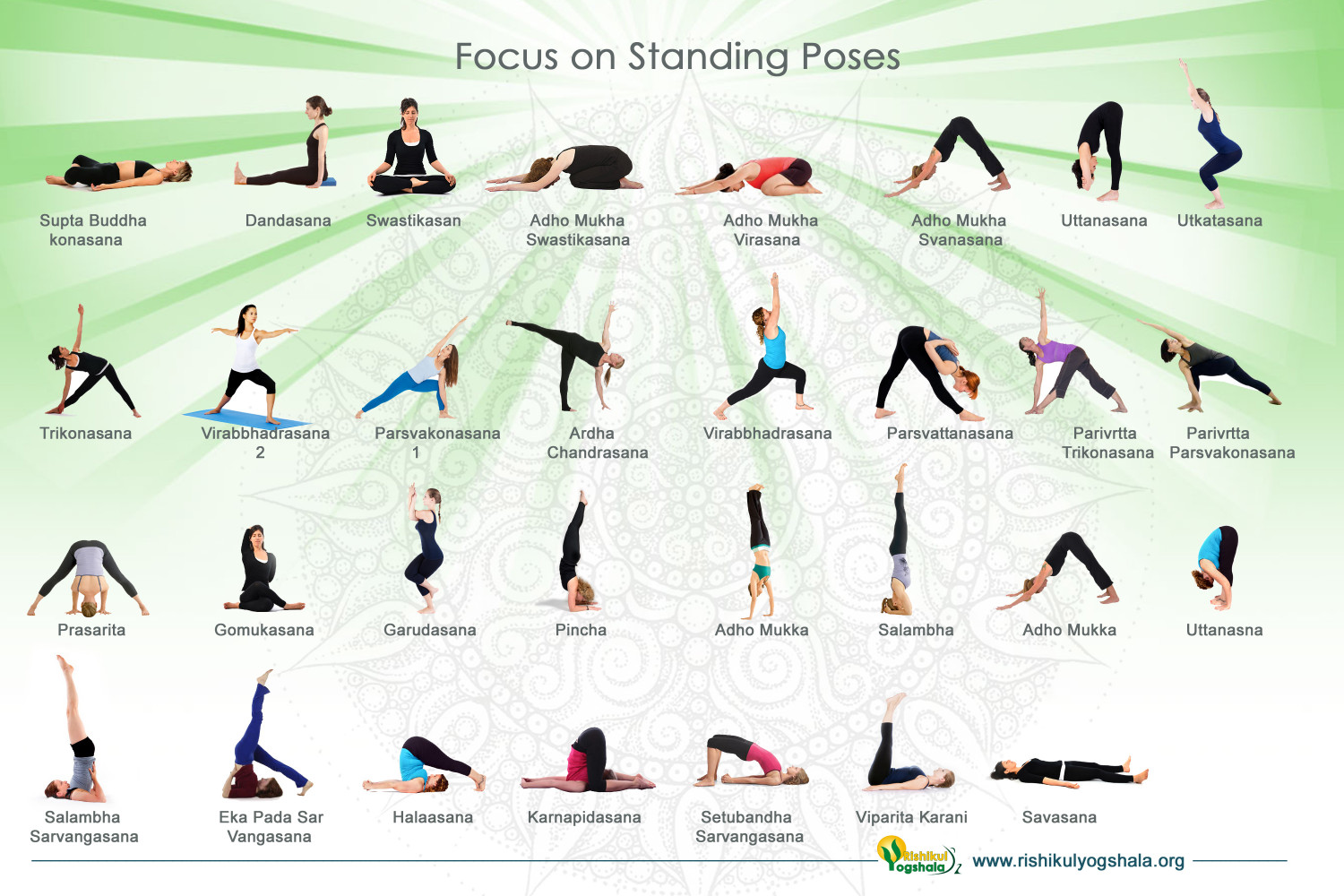
Yoga poses require you to use your entire body weight. This puts gentle pressure on your bones. The weight bearing motion stimulates bone-making cells and strengthens muscles that support your skeleton. It also helps to maintain a firm fascia in your body, which supports your posture. Yoga exercises can be used to strengthen bones and prevent breakages.
Yoga strengthening poses
Weight-bearing yoga poses encourage bone and muscle strengthening. These exercises are very helpful in maintaining strong posture and correcting or preventing the onset of kyphosis. They can also improve balance and strengthen the upper bodies.

Increases bone density
Yoga is a great exercise to increase bone density. But, you should not put too much pressure on your bones, especially if osteoporosis has set in. Some poses can cause fractures by putting too much stress onto the bones.
Prevents fractures
Yoga weight bearing exercise is a great way to strengthen bones. These exercises help strengthen bones by stretching the muscles around them. This prevents fractures that can result from poor posture. Yoga helps strengthen bones and improves posture and gait.
Balance improvement
Yoga is an excellent way to improve your balance. The basic poses foster alignment, muscular engagement, focus, and balance. You will develop these skills through a committed and consistent practice of yoga. It is important to let criticism and ego go outside of the practice.
Coordination is improved
Yoga, as well as weight bearing activities, helps to strengthen bones and improve coordination. These exercises are ideal for those suffering from osteoporosis. They are low-impact exercises that build bones without causing excessive stress. They are a great way to help osteoporosis patients manage and prevent it.

Increases body awareness
Yoga benefits go beyond your physical health. This ancient practice focuses on self-awareness and consciousness, as well as the artistic challenge of physical movement. This awareness can help to have a better understanding of boundaries and be more patient.
FAQ
Is yoga safe?
Yes! Yoga is considered to have low risks and is generally safe for everyone. If you have any injuries or medical conditions, consult your doctor before starting a yoga practice.
What type of yoga is best for beginners?
Yoga is great for all fitness levels and ages. It's a simple way to stay healthy and fit. People who have tried yoga report feeling healthier both physically and mentally. They also report feeling calmer and happier after practicing yoga.
Yoga isn't just a form of exercise. It's also a lifestyle that includes stretching and breathing, as well as meditation.
There are many types of yoga. Some focus on strength training, while others concentrate on relaxation.
The type you choose will depend on your expectations of yoga. Iyengar yoga can help you increase your flexibility. Or if you want to tone your muscles, go for Ashtanga yoga.
What are the side effects of yoga?
Yoga poses some risks, as with all physical activities. Injury is the biggest danger. It is important to know how to safely perform each pose.
You might feel dizzy or faint if you are new to yoga.
This is caused due to blood clotting in your brain. It will pass quickly, so don't be alarmed.
Do downward-facing dogs if you experience chest pains. Don't hold your breath. This will only increase your heart beat and make it worse.
Can I do yoga at home?
Absolutely! There are many different ways that you can practice yoga at-home. Videos, DVDs and CDs are just a few of the many options available for practicing yoga at home.
YouTube even offers free online yoga videos. But, it is best to get a professional instructor to guide your movements.
Can yoga help me quit smoking?
People who smoke may find it easier to quit because yoga can make them feel better, both physically and mentally. It can help reduce excess weight. This could help you quit smoking.
Statistics
- According to calorie estimates calculated at Harvard Medical School, the average 125-pound person burns about 120 calories in a half hour of hatha yoga, and a 185-pound person burns about 178 calories in that half hour. (everydayhealth.com)
- A 2020 review of 27 studies (1,805 total participants) of yoga interventions in children or adolescents found reductions in anxiety or depression in 70 percent of the studies, with more promising results for anxiety. (nccih.nih.gov)
- Gentle yoga has been shown to ease some of the discomforts of tender, swollen joints for people with arthritis, according to a Johns Hopkins review of 11 recent studies. (hopkinsmedicine.org)
- The people in the yoga group were 37 percent more likely to have quit smoking by the end of the 8-week program. (nccih.nih.gov)
- About one in seven U.S. adults practiced yoga in the past 12 months, according to a 2017 national survey. (nccih.nih.gov)
External Links
How To
What is your ideal position for practicing yoga?
There's no right or wrong way to practice yoga. Every person has their own style. It is enough to find the position that feels most comfortable for you.
These are some of the most common positions:
Standing poses - Standing poses are suitable for beginners because they allow you to see how your body looks from different angles. They make it easier to concentrate on your breathing.
Forward bends- Forward bends can often be used to release tight areas. You can do them sitting down or lying down.
Backbends: Backbends can be considered advanced poses. If you want to try one, you should seek advice from your instructor.
Inversions – Inversions require you to balance upside down. This type of yoga can be challenging but rewarding.